Dr. Wellnhofer is the world’s authority on the 150-million-year-old Archaeopteryx and he has been so for over thirty years. He has published major studies on many specimens of Archaeopteryx, has curated exhibitions about the Urvogel, written popular accounts, lectured extensively, and participated in media-related interviews.
Archaeopteryx is what I like to describe as a “paleontological Mona Lisa”. Its priceless fossils – up to now ten skeletal specimens and a single feather imprint discovered during the last 145 years – have had a tremendous significance in our understanding of evolution, and their impact has gone way beyond science and into social grounds. Dr. Wellnhofer’s book narrates the history of the discoveries of the individual specimens, and the stories behind them – those of the collectors, dealers, museum curators and scholars whose lives became entangled with these discoveries. It includes chapters of the world-famous Solnhofen lithographic limestone, covering aspects of its geology and special fossil preservation, and interpretations of the ancient environment inhabited by Archaeopteryx.
The core of the book includes detailed descriptions and illustrations of each specimen. These and other chapters discuss the different interpretations regarding the size, growth and life history, plumage, physiology, and life style. Because Archaeopteryx has played a key role in discussions about the origin of birds and of their flight, the book also adresses the rise of birds – highlighting the evidence that supports the evolutionary connection between birds and the carnivorous theropod dinosaurs – and the controversial issue of the beginning of avian flight. The text is written for a general audience and is thoroughly supplemented by photographs, drawings, diagrams, and maps, and detailed notes and references.
There has never been a book like this one and no one else could write it today. Dr. Wellnhofer’s evenhandedness assures a fair coverage of the multitude of ideas that have been proposed about the life of Archaeopteryx and readers will undoubtedly find this book to be a powerful, authoritative treatment of one of the most significant fossils in the history of paleontology. The book will unquestionably provide a very useful source to professionals but its non-technical approach will also make it accessible to teachers, students, and the general public. I can’t think of a timelier book on avian paleontology and a more qualified person to write a comprehensive analysis of such an important and legendary fossil bird.
Dr. Luis M. Chiappe
Director
The Dinosaur Institute, Natural History Museum of Los Angeles County, USA
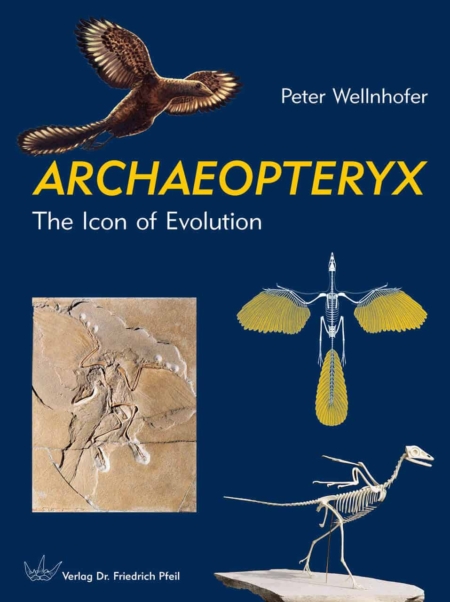
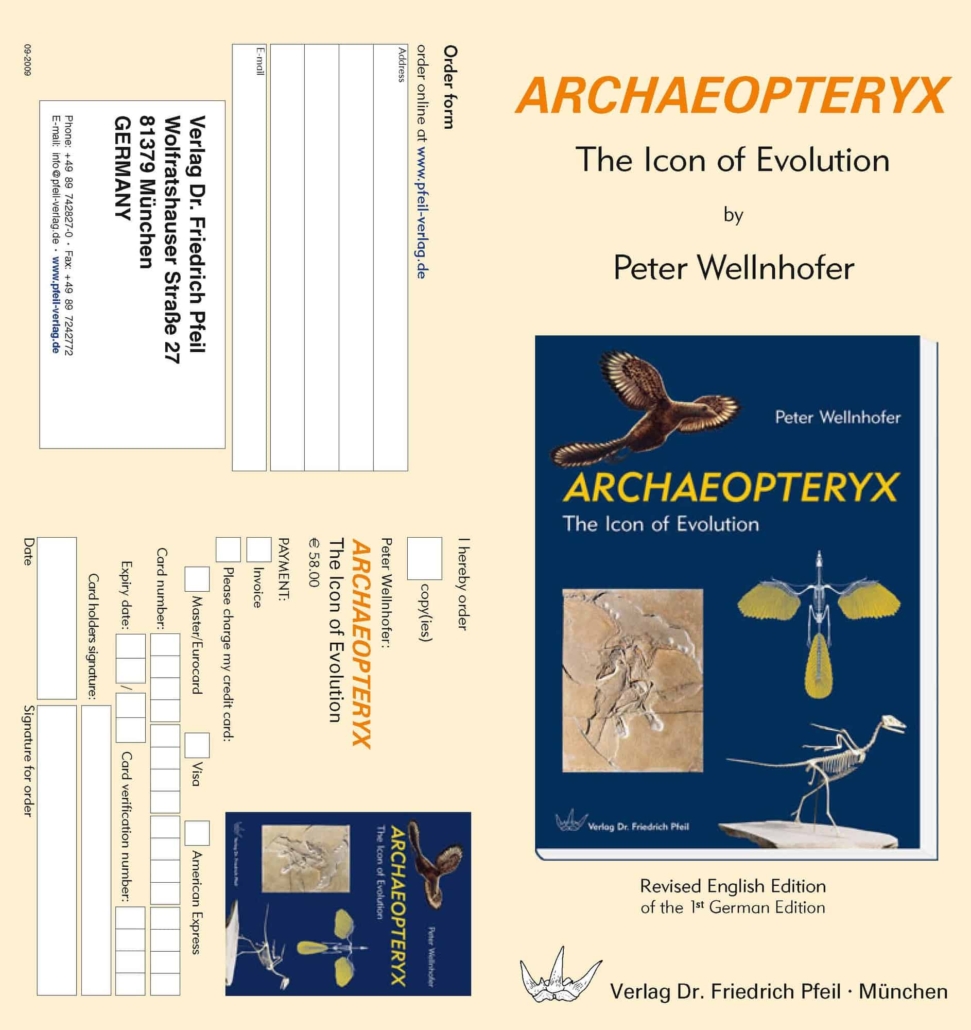
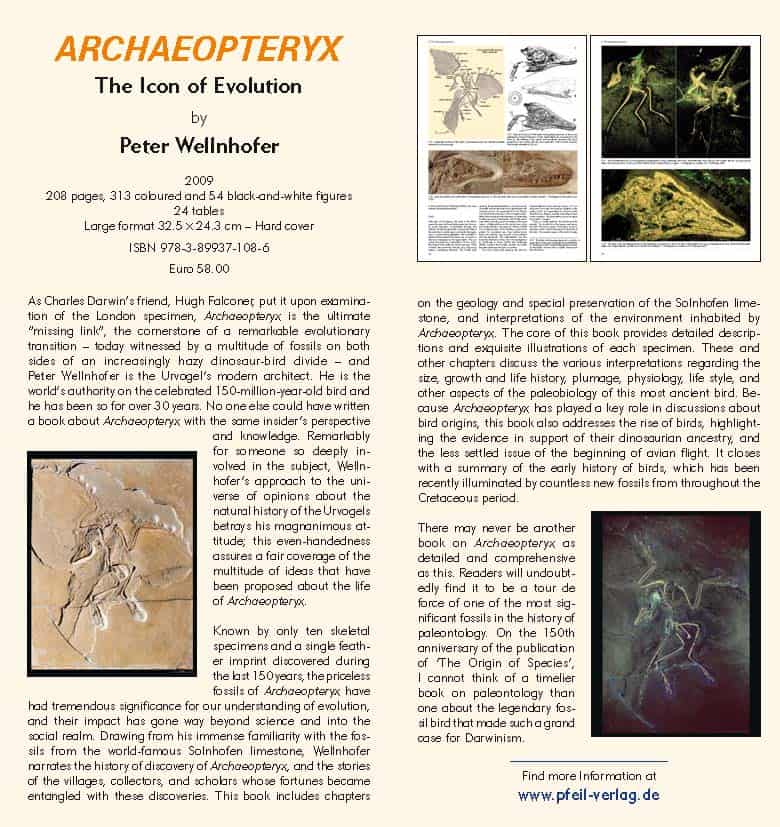
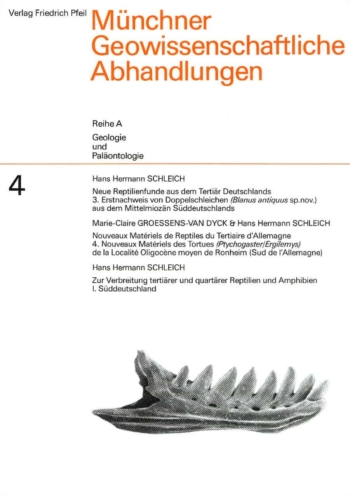
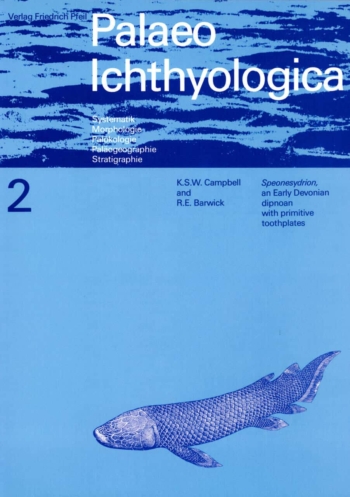
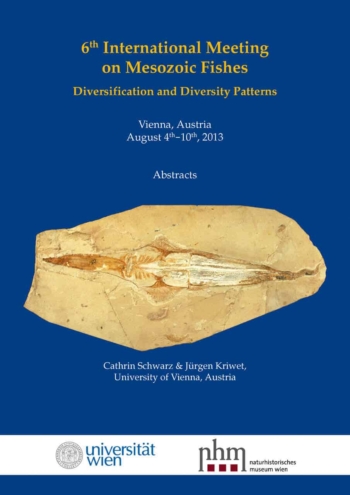

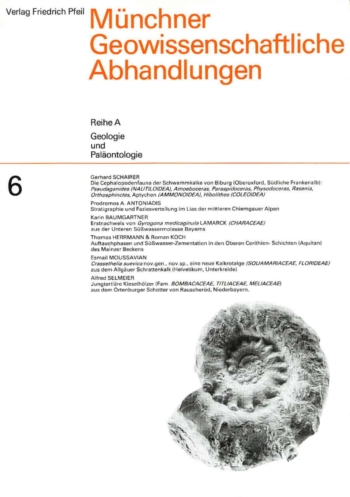
Rezensionen
Es gibt noch keine Rezensionen.